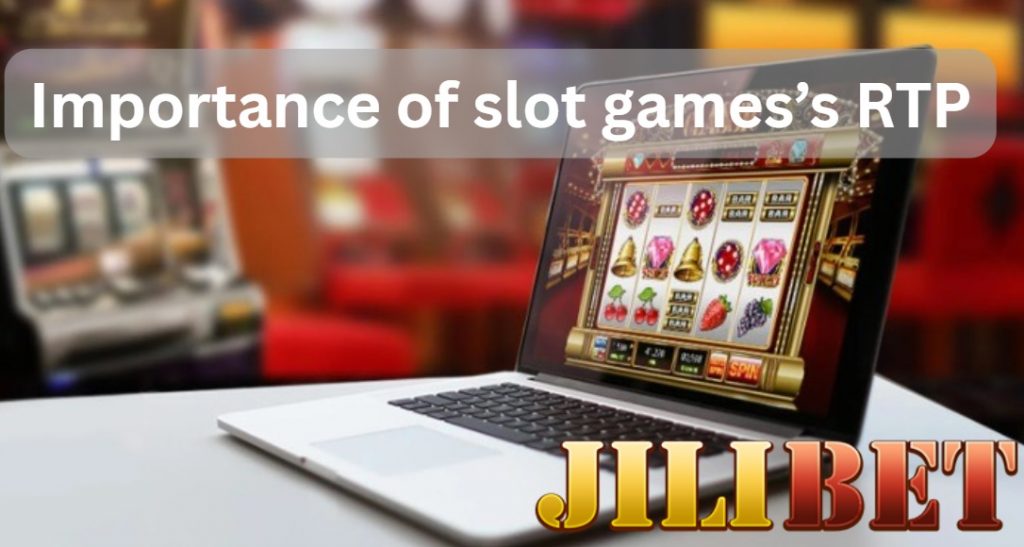Understanding Volatility—The Slot Feature You Can’t Ignore
Ever played a slot machine? Whether you’re into the flashy reels and bonus-packed features or just spinning for fun, there’s one factor that’s often overlooked—but if you’re aiming to level up your game at places like jilibet, it’s something you need to know: Volatility. It’s actually one of the first things every smart player should look at when picking a slot.
What is Volatility?
Slot volatility, or variance, refers to the risk involved in playing a particular slot machine. It measures how often a player can expect to win and the size of those winnings. High volatility slots offer fewer wins, but when they do pay out, those wins are typically much larger. On the other hand, low volatility slots deliver more frequent wins, albeit of smaller amounts. The volatility of a slot machine is an essential factor that can significantly affect your bankroll management and overall gaming experience.

Volatility answers the big question:
“Will you win small amounts often, or win big—but only once in a while?”
The Three Types of Slot Volatility
Low Volatility
These machines offer frequent, smaller wins. Think of them as the reliable, steady friend, consistently providing a steady stream of smaller payouts. This type of volatility is often associated with bonus features that trigger more often, but with smaller prizes.
- High win frequency
- Smaller payouts
- Great for players with a tight budget or who want longer play sessions
- Gameplay feel: stable, not super exciting, but chill and safe
Medium Volatility
A balanced choice that offers both frequent wins and the potential for larger payouts.
- Moderate win frequency and payout size
- All-around solid experience
- Perfect for most players—not too boring, not too wild
High Volatility
For those who crave a more exhilarating gambling experience—the “daredevils”—high volatility slots can certainly provide an adrenaline rush. These players are often willing to take bigger risks for the chance of landing substantial payouts. Although the frequency of wins is lower, the potential for hefty rewards can make every spin feel electric.
- Low win frequency
- Big payouts (maybe even a jackpot)
- Best for players who love risk and chase that “one big win”
- Gameplay feel: tense, exciting, and high-risk
Volatility ≠ RTP
A lot of players confuse volatility with RTP (Return to Player), but they’re totally different things:
- RTP tells you how much a slot pays back over the long run. For example, an RTP of 96% means you’ll get back about $96 for every $100 you put in—on average.
- Volatility tells you how that money comes back—slow and steady, or all at once in a big bang.
See more: Top Tips for Playing PG Slots Online in the Philippines
Why Should You Care About Volatility?
The key to understanding volatility lies in the statistical probabilities embedded within each slot machine. Low volatility slots are designed to pay out more frequently, with smaller winnings, while high volatility slots are programmed to pay out less often, but with larger potential payouts. This isn’t about luck; it’s about the inherent design of the game.
And here’s why it matters:
- Got a limited budget? Go for low volatility so you can stretch your playtime and keep the risks down.
- Got cash to burn and want that adrenaline spike? High volatility is your playground.
Choosing the wrong volatility doesn’t just cost you money—it can ruin your vibe.
Final Thoughts
So, what kind of player are you? Do you like taking it slow and safe, racking up steady little wins? Or are you the type who lives for that high-stakes spin that might just change everything? Knowing your style—and picking games that match it—can totally change your experience.
At the end of the day, understanding volatility, knowing your RTP, and keeping a grip on responsible gambling are what make the difference between a random spin and a smart one.
Ready to take the ride? Whether you’re here for chill vibes or wild thrills, the slots at jilibet are waiting.
- Professional Online Baccarat Strategy: Practical Application of Data Logic and Bankroll Control - December 15, 2025
- Mastering Fishing Games: How the Bullet Attrition Rate Model Helps You Identify the Most Cost-Efficient Targets - December 12, 2025
- Online Casino Risk Models Explained: How Platforms Use Fraud Detection Algorithms to Identify Advantage Players - December 10, 2025


